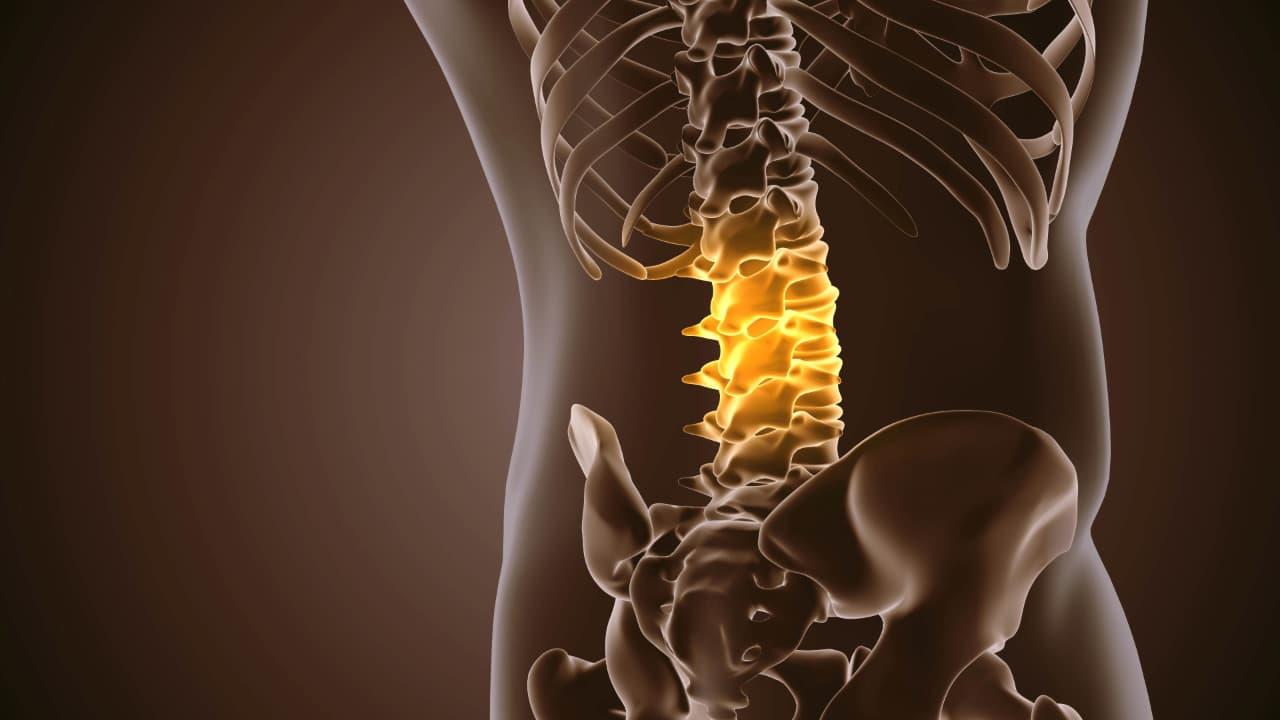
Japanese Researchers Turn Fat Into Bone In Groundbreaking Spinal Fracture Treatment
Scientists in Japan have discovered a novel method for repairing broken bones in the spine by transforming body fat into bone. Researchers at Osaka Metropolitan University found that stem cells derived from fat tissue can aid in the healing of spinal fractures, particularly those associated with osteoporosis. In experiments conducted on rats, the treatment successfully repaired spinal damage similar to that seen in older individuals with weak bones.
This approach is encouraging because fat cells are simple to collect, even from elderly patients, and the process puts minimal strain on the body. This suggests it could develop into a mild and non-invasive option for treating bone issues in the future. The study findings were published in the journal Bone & Joint Research.
What Is Osteoporosis?
Osteoporosis is a condition that weakens and makes bones brittle, increasing the risk of fractures. In Japan, where the population is ageing, the number of people with osteoporosis is projected to surpass 15 million. A common injury related to this condition is a spinal compression fracture, also referred to as an osteoporotic vertebral fracture. These fractures can lead to chronic pain, limited mobility, and a significant decline in quality of life. Therefore, developing safer and more effective treatment options is a key medical goal.
How Fat Helps Bones Grow
The success of this new method depends on a type of stem cell found in fat, known as adipose-derived stem cells (ADSCs). These unique cells have the potential to develop into various types of tissues, including bone. When scientists cultivate them into small, three-dimensional structures called "spheroids," their ability to promote tissue repair is significantly enhanced.
In the study led by student researcher Yuta Sawada and Dr Shinji Takahashi, the team converted these fat stem cells into bone-forming spheroids and combined them with a bone repair substance called β-tricalcium phosphate. They then applied this mixture to treat rats with spinal fractures. The outcome was remarkable; the rats' bones healed more quickly and became stronger.
The researchers also noted that specific genes involved in bone growth became more active following treatment, indicating that the method stimulates the body's natural healing mechanisms. Dr Takahashi added that the technique may accelerate recovery and help people maintain healthier, more active lifestyles as they grow older.
Legal Disclaimer:
MENAFN provides the
information “as is” without warranty of any kind. We do not accept
any responsibility or liability for the accuracy, content, images,
videos, licenses, completeness, legality, or reliability of the information
contained in this article. If you have any complaints or copyright
issues related to this article, kindly contact the provider above.


















Comments
No comment